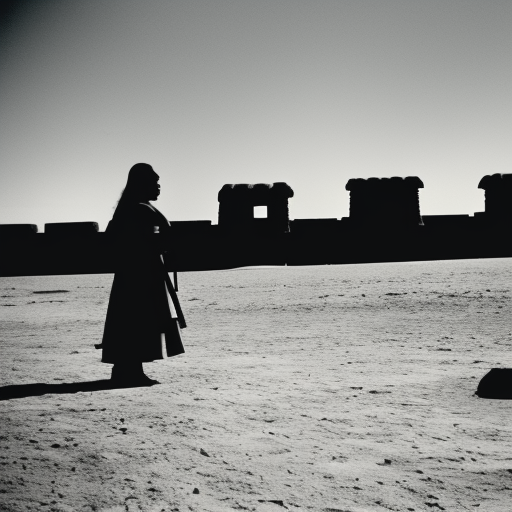Aztec Empire: A Powerful Mesoamerican Civilization
The Aztec Empire was a powerful Mesoamerican civilization that thrived in central Mexico from the 14th to the 16th century. It was known for its advanced agricultural practices, intricate social structure, and military prowess. The empire was founded by the Mexica people, who migrated to the Valley of Mexico in the 13th century. Over time, they established their capital city, Tenochtitlan, on an island in Lake Texcoco.
Rise of the Aztec Empire
The Aztecs initially faced challenges from neighboring city-states, but they gradually expanded their influence through military conquest and strategic alliances. Under the leadership of influential rulers like Itzcoatl, Montezuma I, and Ahuitzotl, the empire grew in size and power. The Aztecs adopted a tribute system, which required conquered cities to pay tribute in the form of goods, labor, or military service.
Social Structure and Religion
The Aztec society was highly structured, with a hierarchical system that placed the emperor at the top. The emperor, known as the tlatoani, held both political and religious authority. Below the emperor were the nobles, priests, and warriors, followed by the commoners and slaves. Social mobility was limited, and individuals were generally born into their respective social classes.
Religion played a central role in Aztec society. The Aztecs worshipped a pantheon of gods and believed in the cyclical nature of time. They conducted elaborate rituals and sacrifices to appease the gods and ensure the well-being of their empire. Human sacrifice was an integral part of their religious practices, with captives from warfare often being offered as sacrifices.
Economy and Agriculture
The Aztec Empire had a thriving economy based on agriculture, trade, and tribute. The chinampas, or floating gardens, were a unique agricultural system that allowed the Aztecs to cultivate crops in the marshy areas around Lake Texcoco. They grew a variety of crops, including maize, beans, squash, and chili peppers. The surplus produce was traded with neighboring regions.
Trade was an essential aspect of the Aztec economy. The empire had an extensive network of trade routes that connected different regions. The Aztecs traded a wide range of goods, including textiles, ceramics, precious metals, and luxury items such as feathers and jade.
Spanish Conquest
The Aztec Empire’s downfall came with the arrival of the Spanish conquistadors led by Hernán Cortés in 1519. Initially, the Aztecs mistook the Spanish for gods, but they soon realized their true intentions. Cortés took advantage of internal divisions within the empire and formed alliances with rival city-states, gaining military support.
The Spanish, aided by superior weaponry and diseases to which the Aztecs had no immunity, besieged Tenochtitlan for several months. In 1521, the city fell, marking the end of the Aztec Empire. The Spanish established a new capital, Mexico City, on the ruins of Tenochtitlan.
Legacy of the Aztec Empire
Despite its relatively short existence, the Aztec Empire left a lasting impact on Mexican culture and history. Many aspects of Aztec society, such as their agricultural techniques, artistic traditions, and religious beliefs, continue to influence modern-day Mexico. The ruins of Tenochtitlan are now part of Mexico City and serve as a reminder of the empire’s grandeur and the resilience of its people.
In conclusion, the Aztec Empire was a powerful Mesoamerican civilization that thrived in central Mexico. It rose to prominence through military conquest, had a complex social structure, and practiced a unique religion. The empire’s economy was based on agriculture and trade, and it eventually fell to the Spanish conquistadors. Despite its downfall, the Aztec Empire’s legacy continues to shape Mexican culture and history.












